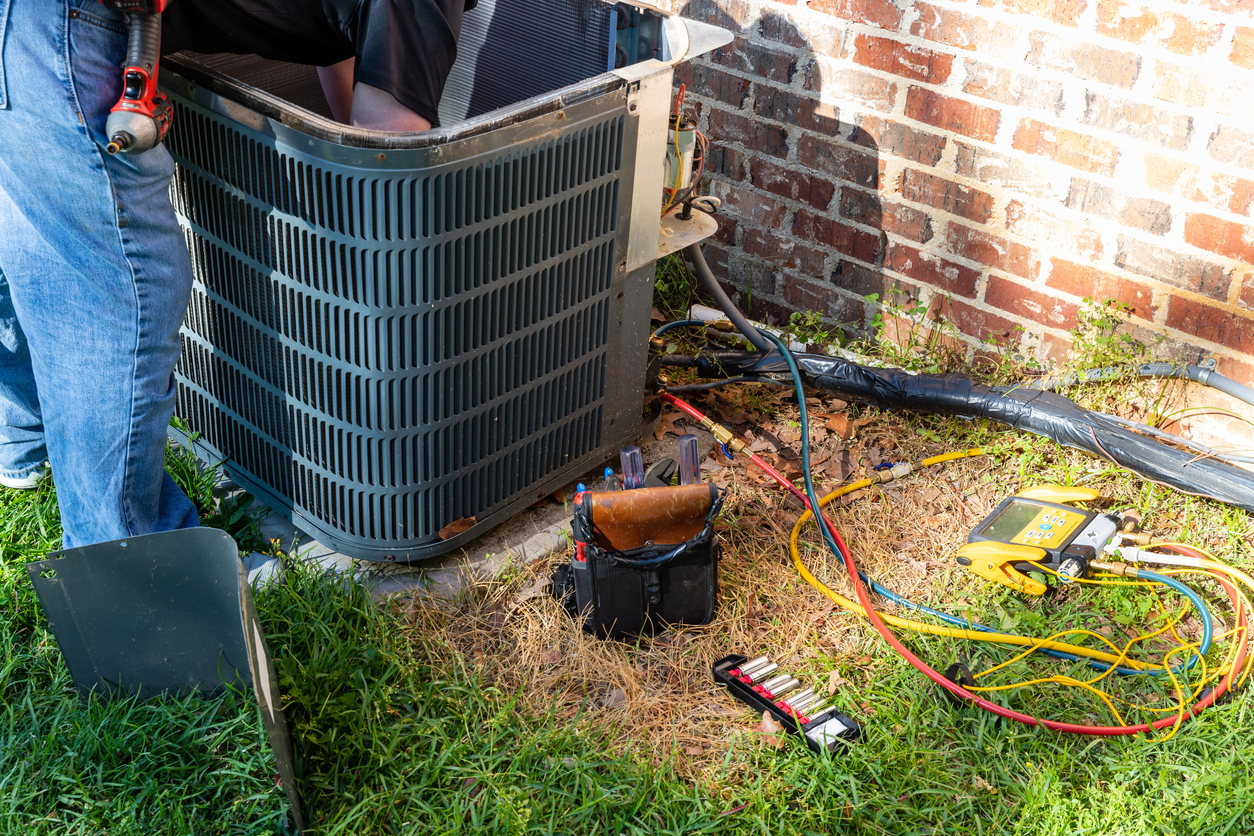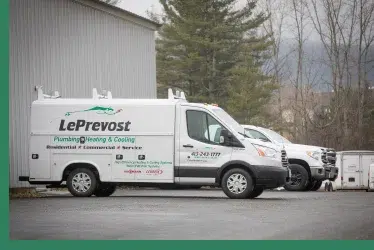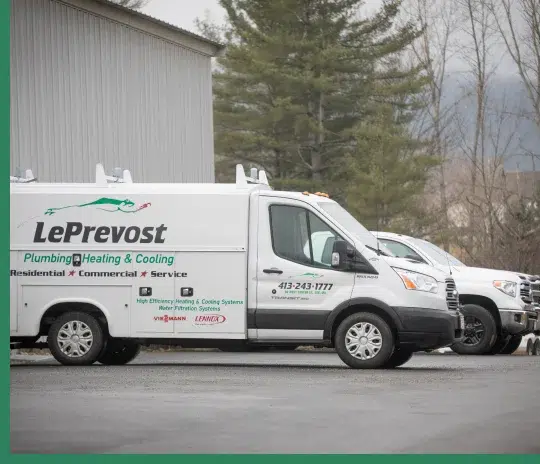
A malfunctioning sump pump can quickly turn into a homeowner’s worst nightmare. If you live in Berkshire County, chances are you have a sump pump in your basement to keep water away from your home’s foundation in case of flooding. But if it’s improperly sized or installed, or mechanical issues arise, your sump pump might not perform at its best when you need it most.
Don’t wait for your basement to flood or suffer water damage. There are simple steps you can take to fix or troubleshoot your sump pump at the first sign of trouble. In this blog, the plumbing experts at LePrevost will discuss what causes sump pumps to overflow and how to handle the issue.
How Does a Sump Pump Flood?
The sump pump’s sump pit, the container responsible for collecting water, can overflow if it’s not correctly sized or has a blockage preventing water flow to the discharge pipe. Debris can also clog the impeller, which is the rotating component that helps push water out of the pit.
If the impeller or filter is dirty or damaged, the sump pit may overflow, leading to basement flooding and potential water damage. To keep your basement dry, regularly check that the impeller is in good condition.
Causes of a Sump Pump Overflowing
The last thing you want during a heavy rainstorm is an overwhelmed sump pump. Here are the common culprits behind a sump pump overflow:
- Clogged intake: After extreme weather, debris can clog the intake or discharge line, so ensure your gutters and drains are clear of blockages.
- Frozen or clogged discharge line: A cracked, clogged, or disconnected discharge line won’t efficiently extract water from the sump pit.
- Improper sump pit size: Install a high-capacity pump, or consider a second or battery-operated sump pump as a backup.
- Wear and tear: Low-quality sump pumps made with cheaper parts are more prone to failure.
- Power outage: If a severe storm knocks out your power, an electrical sump pump will fail to operate unless your home has a generator.
Steps to Take If Your Basement Floods
If your basement starts flooding during a heavy rainstorm or shows signs of water damage, don’t panic. There are immediate steps you can take to troubleshoot your sump pump and prevent further damage:
Restart the Sump Pump
When in doubt, unplug your sump pump for a few minutes before plugging it back in. While it’s unplugged, check for blockages or debris in the sump pump’s pit, impeller, or around its drain. Always disconnect your sump pump before maintenance.
Clean the Discharge Line
To access the sump pump’s discharge line, remove the pump from the basin. Use a snake to clear stubborn debris, and be sure to check the discharge line outside for leaves, ice, or other blockages.
Check Its Overflow Valve
An overflow valve is a safety feature on a sump pump designed to prevent flooding by redirecting excess water. If your sump pump can no longer keep up with a high volume of water, check the overflow valve for blockages or damage.
Check the Float Switch
When water levels rise, the float switch moves up and down to activate the sump pump. It can get stuck against the pump or basin, preventing the pump from turning on. To test the float switch, fill the sump pit with water and see if the pump activates.
Clear the Weeping Hole
If your sump pump has a weeping hole, it will be between the pump and the check valve. This small hole helps to release trapped air caused by water pressure, so if it’s blocked, airflow and pump function will be affected.
Call LePrevost for Sump Pump Services in Massachusetts
If your sump pump overflows or fails to work at a critical moment, turn to LePrevost for same-day and emergency repairs. Our licensed and insured technicians offer repair, maintenance, and replacement services for all types of sump pumps, helping the Berkshires community with fast, reliable solutions.
Don’t wait until it’s too late — contact us online now to schedule sump pump repair or maintenance services in Lenox, MA.









